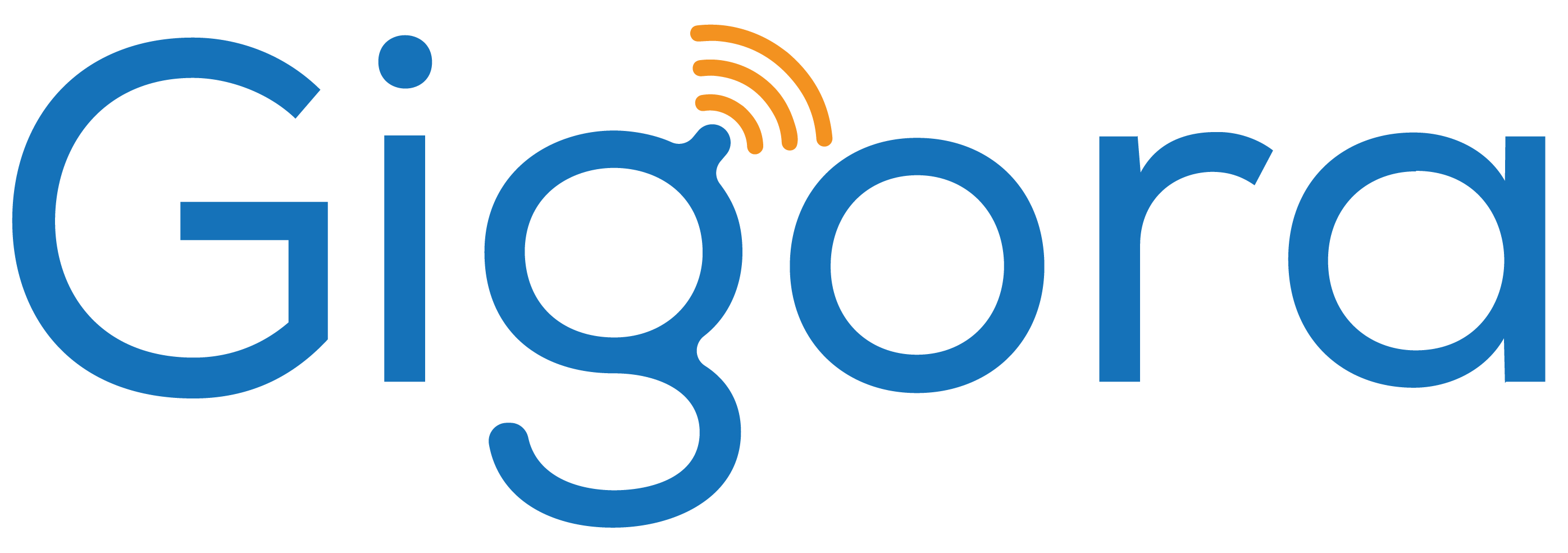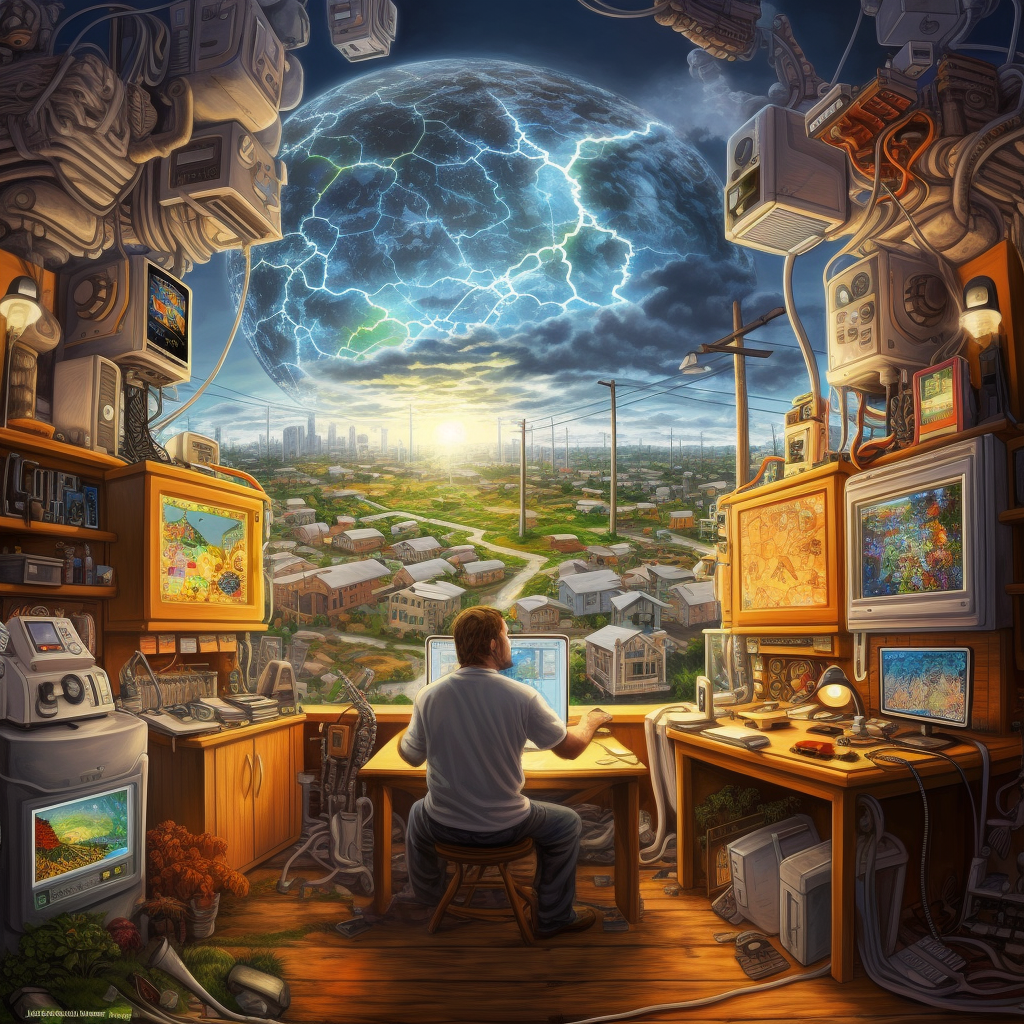[ad_1]
//php echo do_shortcode(‘[responsivevoice_button voice=”US English Male” buttontext=”Listen to Post”]’) ?>
We are all accustomed to a fairly simple electricity distribution system in which a few producers control power plants according to the fluctuating demand of millions of customers. But with the planning and control systems we have for this, controlling and switching millions of renewable energy providers is simply impossible. We all witness the news on congestion, power outages, imminent black outs, price hikes and increased transportation costs, as also mentioned by the International Energy Agency (IEA) and BloombergNEF.
Not to fear: The successful progression of the internet from the early ‘90s to now gives us a valuable engineering playbook to overcome similar hurdles and software and hardware challenges we experience within the developing energy transition. Furthermore, the price development of energy generation and storage follows a trend like that of computing power and data storage. It is very conceivable that this alone could completely change the operating and cost structure of energy and literally transition the balance of power to the people.
Inevitably, the systems for energy and digital technology, communications and data are becoming intertwined. Thanks to the world’s large system for data and knowledge—our faithful and indispensable Internet—a distributed and decentralized energy system is possible.
Meet the IoE
Because it will become possible for each electricity user to be at once a provider, consumer, balancer, converter or buffer of energy, the number of users and connected devices is growing exponentially. To efficiently handle this growing demand, we need a more reliable and scalable distributed system with open architectures.

The Internet of Energy (IoE) is a neural network of local energy networks. It intelligently makes use of local opportunities for generation, demand, storage, conversion and transportation of energy. These interconnected local networks are self-balancing and resolve congestion before it can occur. This ensures scalability and drastically reduces the need for centralized management. IoE was a theory for the past decade as protagonized early on by Jeremy Rifkin and Arash Aazami, but is now becoming more and more practical. For example, companies like Siemens, Schneider Electric, Elia and KPN Telecom are all making headway with establishing a viable technology and business model for this.

The way we deal with energy increasingly resembles the way we deal with data on the Internet. The premise is that each user is a “prosumer,” meaning a provider and a user at the same time. This fully renewable energy-based system may resemble the Internet, but there is also a significant difference: In this system, massive amounts of physical energy, rather than virtual data, must be exchanged between sources, storage systems, conversion technologies and users. Automating these large energy flows and associated risks requires a solid system architecture.
Like the Open Systems Interconnection (OSI) model—a.k.a. the seven layers of the internet—enabled network device manufacturers and software vendors to have interoperability, a similar model would accelerate the energy transition.
This also requires an open-data architecture and a system design that empowers the user while minimizing lock-in. A framework or equivalent of the www protocol for energy will allow us, just as on the Internet, to be free to choose any technology or provider and still be connected to each other. Some interesting maturing initiatives are The IoE Network (IOEN) protocol, Energyweb and 2tokens.
We needed an energy system to develop the Internet. Now it is precisely the Internet that makes a new energy system possible.
There are many interesting challenges to overcome, and the added value from and opportunity for engineers and manufacturers alike is immense as there is a need for a range of technologies, protocols, data management, holarchic operating systems for local area energy networks, cybersecurity and electronics that not only can be used on a macro scale, but also on a micro level like energy routers and gateways.
If we were to reverse-engineer the Internet as a guidance exercise for establishing the IoE, we could evade common pitfalls and costly mistakes—and logically and steadily make progress toward having a successful transition to a decentralized, renewable resource-based energy system for all.
—Max Goijarts is technology and business architect at OnModus.
[ad_2]
Source link

